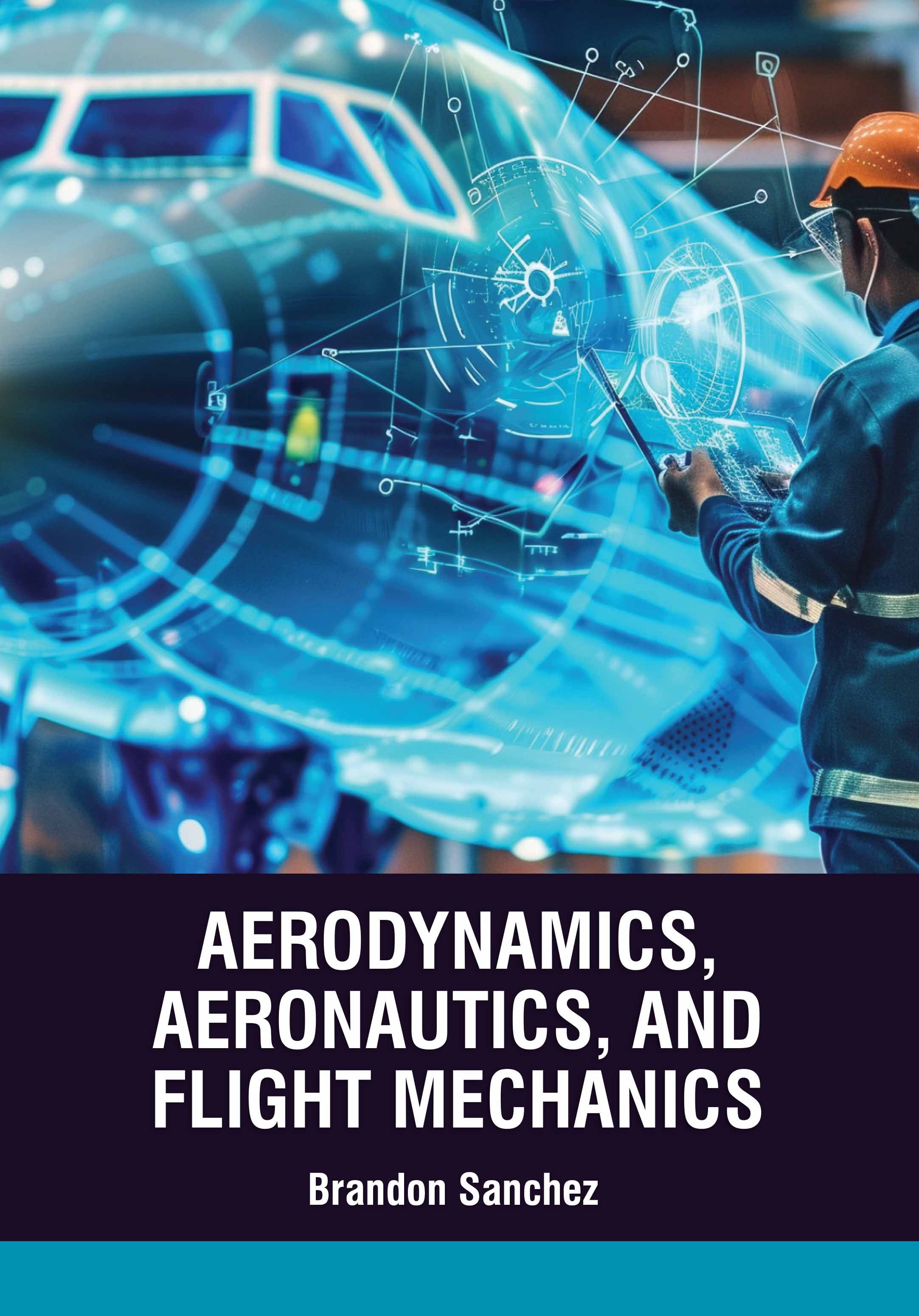About This Book
Mechanical vibrations refer to the oscillatory motions of objects or systems due to an external force or a
disturbance. These vibrations can be either periodic or non-periodic, and they occur when an object or
system deviates from its equilibrium position. In mechanical engineering, understanding vibrations is
essential as they can impact the performance, safety, and durability of machinery and structures. The
study of mechanical vibrations helps engineers design systems that minimize harmful effects such as
resonance, noise, and excessive wear. Mechanical engineering focuses on the design, analysis, and
manufacturing of mechanical systems, and vibration analysis is a critical aspect of this field. Engineers use
vibration analysis to identify potential issues in machinery, such as imbalances, misalignments, and
structural weaknesses. Through the application of vibration theory, engineers can predict how
mechanical systems will behave under different conditions and ensure their stability and reliability. The
principles of mechanical vibrations are applied across various industries, from automotive to aerospace
engineering, ensuring that machines run efficiently, with minimal noise and vibrations. Advanced
methods, such as modal analysis and finite element analysis, are used to simulate and optimize the
behavior of mechanical systems in real-world applications. Proper vibration control techniques improve
the performance and longevity of equipment, making vibration analysis a crucial part of mechanical
engineering. "Mechanical Vibrations and Mechanical Engineering" provides a comprehensive
exploration of vibration theory, offering critical insights into its role in the design, analysis, and
optimization of mechanical systems across various engineering fields.
Contents: 1. String Vibration Dynamics, 2. The Fundamental Oscillator, 3. Wave Mechanics, 4. Oscillatory
Motion, 5. Dynamics of Fluid Elements, 6. Fluid Dynamics and Continuum Mechanic Theory,
7. Decomposition and Combination of Forces, 8. Compression Waves and Vibration.

